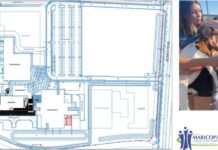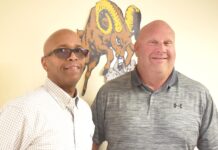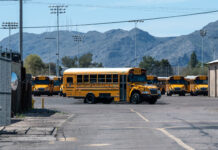
The need for social distancing to quell COVID-19 has changed how schools deliver learning. Distance learning has replaced the face-to-face classroom, and educators are evaluating how effective the virtual classroom has been.
Distance learning is not a new tool. Decades ago, federal grants were issued to rural school districts to allow their high schools to download curriculum via satellite which was not available at the school. This allowed college-bound students to take classes such as calculus, Latin and physics.
Advances in video tape technology allowed coursework to be available to anyone with a VHS player. Companies, such as The Teaching Company, produced video series teaching algebra, geometry and history. These tapes were used by homeschoolers to improve their at-home curriculum.
Community colleges provided courses at remote locations utilizing interactive television. Soon, universities followed, constructing studio classrooms which allowed students at various locations to attend a class. This led to universities, such as ASU, offering online classes via the Internet. Students who had variable work hours could take a class at home when they were available. Entire degree programs are offered online as schools enhance their revenues.
The current pandemic has caused elementary schools to be included in the distance learning process. Initial assessments and predictions of virtual learning at the elementary grades have begun to be available, such as:
- The pandemic will result in a 30% loss in their reading ability and a loss of as much as one year in math achievement.
- Administrators must adjust the 2020-21 curricular plans to compensate for educational losses this past school year. Adjustments will be needed throughout the upcoming school year.
- Elementary teachers who have recently experienced the use of videoconferencing tools have become positive about their use with English/language arts and math.
- The increasing use of Zoom and other technologies has raised concerns about security and privacy.
Schools continue to develop strategies to deal with students who do not have access to the internet at home.
Teachers have been required to learn to teach with distance learning on the fly. Successes and failures have been experienced. A method must be found for educators to share their experiences to the benefit of all students.
The ultimate assessment will be years from now when current elementary students are completing high school. Educators’ ongoing experiences will lead to changes in how we deliver knowledge to our adults of the future. Large group, small group, distance learning and hybrid methods will all be examined. The analysis should lead to better teacher retention and students more prepared for life in the ever-changing world.
Murray Siegel, Ph.D., has 44 years of experience teaching mathematics. He is a volunteer at Butterfield Elementary School.
This column appears in the August issue of InMaricopa.


![Who’s the Best Mom InMaricopa? Nominate now! Marlene Marshall, Christina Olivares, and Meghan Bremer. [Bryan Mordt]](https://www.inmaricopa.com/wp-content/uploads/2023/05/BCM_8465-218x150.jpg)









![Alleged car thief released without charges Phoenix police stop a stolen vehicle on April 20, 2024. [Facebook]](https://www.inmaricopa.com/wp-content/uploads/2024/04/IMG_5040-218x150.jpg)

![3 things to know about the new city budget Vice Mayor Amber Liermann and Councilmember Eric Goettl review parts of the city's 2024 operational budget with Mayor Nancy Smith on April 24, 2024. [Monica D. Spencer]](https://www.inmaricopa.com/wp-content/uploads/2024/04/spencer-042424-preliminary-budget-meeting-web-100x70.jpg)


